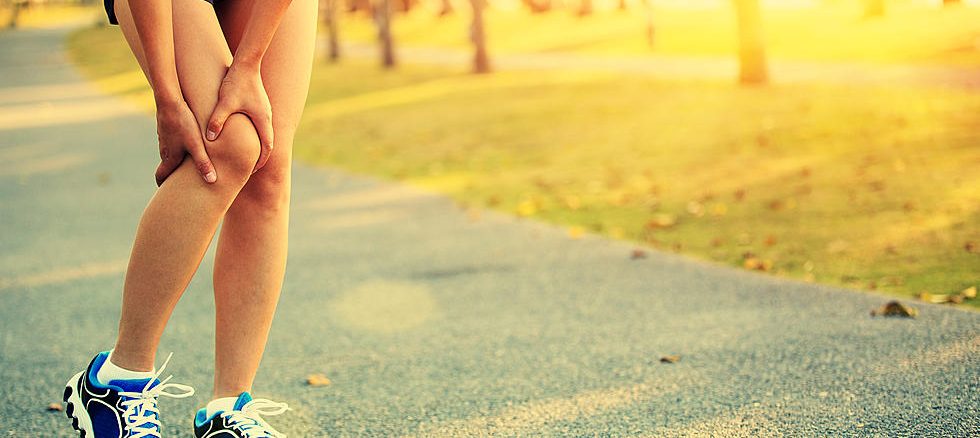1. Do interval exercises
Enjoy the best of both worlds. Go from high impact activities, such as running and playing tennis, to low impact exercises, such as walking and swimming. This way, even as you are building your strength, you are not putting constant stress on your joints.
2. Stretch to relieve
Stiff joints can affect the way your knees absorb shock. Always start off any exercise with a warm up, such as jogging for five minutes to get the blood flowing. Then, do dynamic stretches, such as arm circles, hip rotations and knee lifts to realign your body and posture for the workout ahead.
3. Work the muscles
Your knees utilise multiple muscle groups, such as the quadriceps, thighs, hamstrings and calves. Try simple knee exercises such as butt kicks and work your way to stronger hamstrings, increased knee mobility and blood flow to your muscles. Here’s how:
Stand with your knees close together and lift one foot off the floor, bringing it towards your bottom, as close as you can get. Return your foot to standing position and repeat with the other foot. The quicker you perform this the better. To increase the difficulty level, add a shoe or ankle weight.
4. Eat foods with anti-inflammatory properties
Certain foods are known for their anti-inflammation properties and can be useful in helping to alleviate knee pain. Broccoli and cabbage contain sulforaphane which helps to slow down cartilage damage in joints. Fatty fish such as salmon and tuna are rich in omega-3 fatty acids which help to reduce inflammation.
Other foods you can include in your diet are nuts and seeds, such as pistachios, walnuts and flax seeds, as well as sweet potatoes, celery, avocados, onions and garlic.
5. Supplement your diet
Collagen in your body creates optimal joint conditions, and can be found as a supplement.

